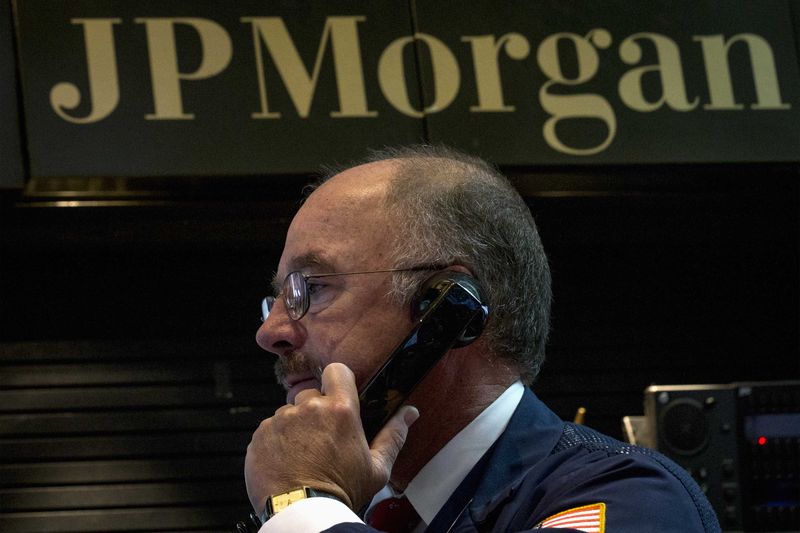By Tom Arnold
LONDON (Reuters) - A rebound in emerging market credit spreads to near pre-coronavirus crisis levels belies a bumpy pace of economic recovery ahead as the hangover from the virus threatens to linger into next year for many countries.
Even as many economies hope to claw back lost momentum, investors are wary of the outlook in the coming months amid uncertainty over the U.S. presidential election and further waves of the coronavirus pandemic.
"Everything has really tightened by a lot, not fully indiscriminately but almost, and we see that that's not reflecting enough the very diverse situation we have in EM markets," said Jean-Baptiste Berthon, senior strategist at Lyxor Asset Management.
After widening to around 700 basis points in the wake of the market hit caused by the virus, spreads of emerging market hard currency debt, as measured by the Bloomberg Barclays (LON:BARC) EM USD Aggregate Total Return Index, have narrowed to about 30 basis points from pre-crisis levels. The JPMorgan (NYSE:JPM) EMBI Global Diversified index <.JPMEGDR> has also retraced most its losses.
The trajectory for bond spreads has been less severe and with a faster recovery than during the global financial crisis, Berthon said. Spreads were around 30-40 basis points above their relative value, he added.
(Graphic: Emerging dollar bond revival - https://fingfx.thomsonreuters.com/gfx/mkt/gjnvwjnkdpw/Capture.PNG)
That partly reflects optimism afforded by an economic recovery led by China and other countries in Asia, which mostly got to grips with the ravages of the virus earlier and faster.
Some of that hopefulness may be misplaced, with the IIF warning that the absence this time of the huge stimulus China unleashed in 2009 was weighing on the global outlook and capital flows to emerging markets.
At a time when bond buying by the U.S. Federal Reserve and other developed central banks should be supportive of riskier assets, outflows from emerging markets towards the end of September were almost as big as during risk-off episodes like the 2013 "taper tantrum" or the 2015 Chinese yuan devaluation.
GRIM READINGS
But investors are worried about bumps in the road.
BofA said that it remains tactically cautious on EM near-term due to the U.S. elections and the second wave of Covid-19.
The post-summer correction in the asset class could lead to the benchmark sovereign hard-currency index widening by another 30-50 basis points, BofA's David Hauner told Reuters.
Recent data has further underlined the uneven pace of economic performance since the pandemic.
While third-quarter GDP shrank about 1% to 2% for Turkey and Poland, close to a V-shaped recovery, Hungary and South Africa could record GDP dips of around 9%, UBS noted in a recent report.
South America's latest readings are even worse, with the economy contracting 11.3% in Chile in August and 13.2% in Argentina in July.
"South Africa, Turkey and Hungary have fairly little fiscal space left to stimulate the economy in case of an adverse shock," Gyorgy Kovacs, UBS economist, wrote of emerging EMEA.
Even as growth returns, governments will face dilemmas about how to finance budget deficits that have swollen from pre-pandemic levels. Moody's (NYSE:MCO) expects government debt in the largest economies will rise by almost 10 percentage points of GDP on average by the end of 2021 from 2019 levels, driven mainly by wider deficits.
Indonesia's central bank has snapped up around 183.48 trillion rupiah ($12.5 billion) of government bonds and could buy more next year.
Investors are wondering how generous other central banks might be.
"Yes, there will be help from the Fed with their very loose monetary policy, but whether or not central banks will need to help out a little bit more will be a question for next year that could cause some divergence," said a fund manager who asked to remain anonymous.
Investors will remain on the lookout for progress or setbacks in fighting the virus and for the outcome of the U.S. election.
"If there is a vaccine at some point, and the U.S. elections will ultimately pass, it is high-yield credit as well as FX which has room to perform," said Hauner.
($1 = 14,690.0000 rupiah)
